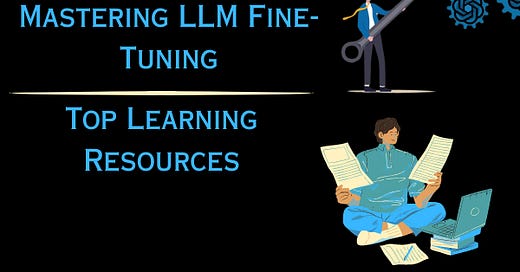Large language models (LLMs) have transformed the field of natural language processing with their advanced capabilities and highly sophisticated solutions.
These models, trained on massive datasets of text, perform a wide range of tasks, including text generation, translation, summarization, and question-answering. But while LLMs are powerful tools, they’re often incompatible with specific tasks or domains.
Fine-tuning allows users to adapt pre-trained LLMs to more specialized tasks. By fine-tuning a model on a small dataset of task-specific data, you can improve its performance on that task while preserving its general language knowledge.
In this blog, we will provide teh best learning resource to learn what is fine-tuning, how it works, and how fine-tuning LLMs can significantly improve model performance, reduce training costs, and enable more accurate and context-specific results.
Also, these resources will cover different fine-tuning techniques and applications to show how fine-tuning has become a critical component of LLM-powered solutions.
Keep reading with a 7-day free trial
Subscribe to To Data & Beyond to keep reading this post and get 7 days of free access to the full post archives.




